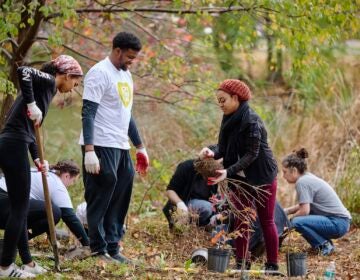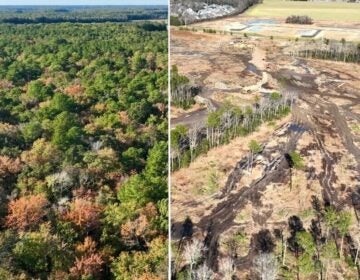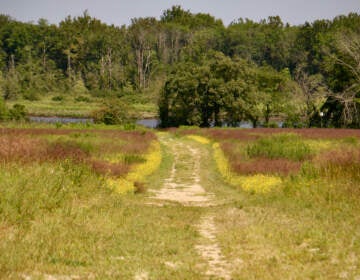Pa. completes decade-long land acquisition, creating the biggest state park near Philadelphia
After 11 years of negotiations, Pennsylvania completed the acquisition of over 1,700 acres of land for preservation in southern Chester County.
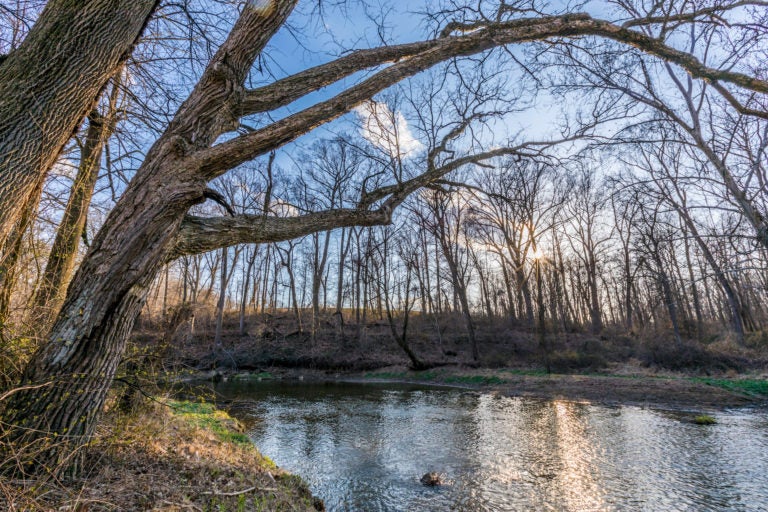
Big Elk Creek in early spring in Elk Township, Pennsylvania. (Courtesy of Jerry Monkman
Southeast Pennsylvania has no shortage of nature.
There are a number of state parks open year-round for those who want to escape the hustle and bustle of urban life and the heavy heat of sweaty summer days — Benjamin Rush, Fort Washington, Neshaminy, Ridley Creek — just to name some near Philadelphia.
“But, by far, this is the largest parcel, the largest state park near Philadelphia, and the most pastoral, rural-feeling park as well,” said Mike Redding, statewide manager for land projects and acquisitions for the Pennsylvania Department of Conservation and Natural Resources.
After 11 years of negotiations, Pennsylvania completed the acquisition of over 1,700 acres of land for preservation in southern Chester County. The new public space is connected to other parks in Maryland and Delaware, creating one of the largest undeveloped open areas in the mid-Atlantic, with about 8,000 acres available for recreation.
The decadelong project to expand the White Clay Creek Preserve was coordinated by The Conservation Fund, and funded by the Pennsylvania Department of Conservation and Natural Resources (DCNR), Chester County and Mt. Cuba Center, a botanical garden in Delaware.
The last portion of land, 978 acres, was purchased this week for $16.2 million from the previous owner, George Strawbridge Jr., an educator, philanthropist, and heir and former board member of the Campbell Soup company. In 2009, the same public-private group bought 735 acres.
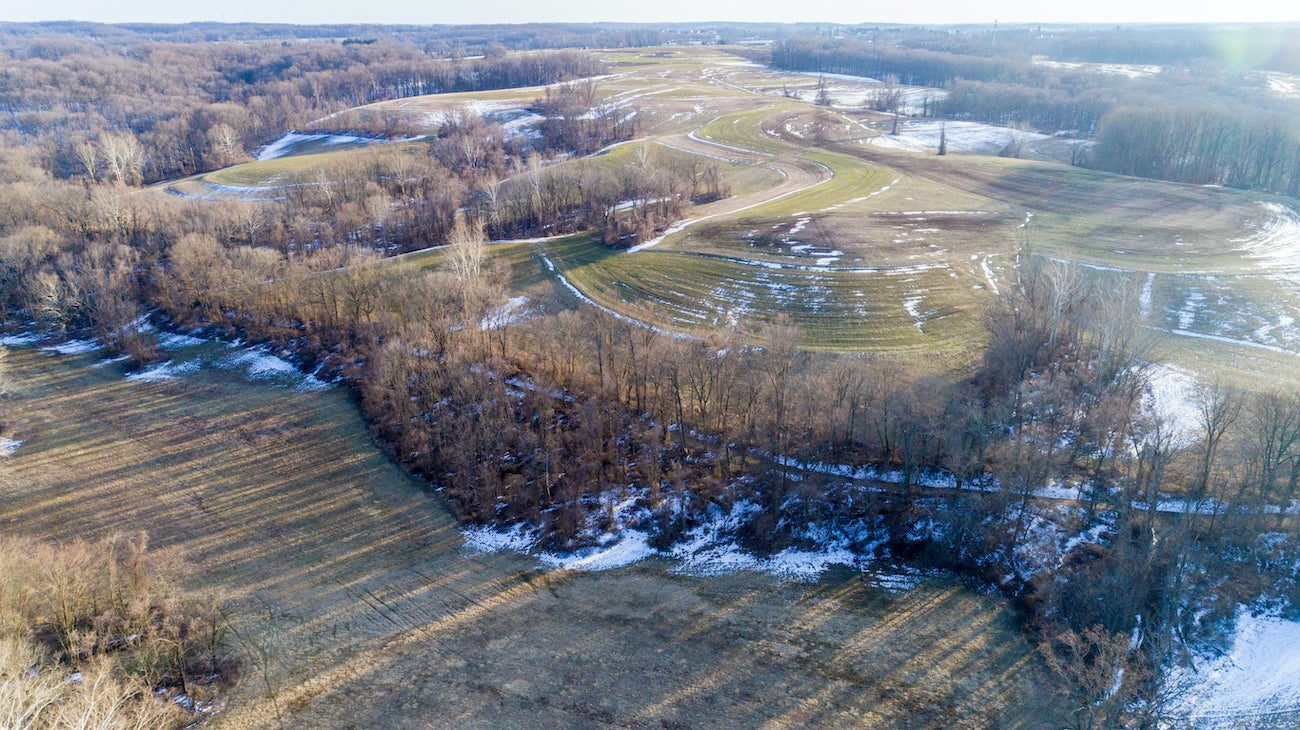
Redding said the biggest attraction of the park, which expands north from what’s known as the Big Elk Creek section of the White Clay Creek Preserve, is that it’s quiet and not developed, yet very close to big cities like Philadelphia, Wilmington and Baltimore. The Springlawn Trail, which is 2.5 miles and has some smaller trails that lead to Big Elk Creek, is a good way to get a glimpse of it, he said.
“A very short trip would get you out into a … feeling of being in nature, and the ability to go for a walk in the coolest of the shade of trees and maybe perhaps go to Big Elk Creek and take a dip in the water, or fish, or birdwatch or just relax,” Redding said. “And go for an afternoon for picnicking, something of that nature.”
The park is habitat for 690 plant species, 15 of them considered endangered or rare in Pennsylvania, including three varieties of orchids and a species of trillium. Deer, rabbits and birds coexist with rarer species such as the regal fritillary butterfly and short-eared owl. It contains a section of the Big Elk Creek, a tributary to the Elk River and Chesapeake Bay, as well as 2.1 miles of the Mason-Dixon line along the Pennsylvania/Maryland state border.
The property includes about 190 acres of flood plains, 600 acres of woodlands, 100 acres of native grass meadows and 800 acres of farmlands. It’s also connected to the adjacent 5,565-acre Fair Hill Natural Resource Management Area in Maryland and other lands with conservation easements.
Blaine Phillips, mid-Atlantic director for The Conservation Fund, said preserving a large landscape like this was very complex: It required many partners and years of negotiations.
It’s crucial to an area that is getting overdeveloped.
“It was really a matter of time before houses were going to pop up in these fields,” Phillips said. “What we’re realizing is that we don’t have many opportunities like this left in Chester County. This is one of the largest privately owned pieces left, and keeping it intact is not only important for wildlife and recreation, but also for things like flood prevention and making sure we have good clean water sources downstream.”
Phillips, who has been coordinating the project for the last 11 years, said the more land is preserved, the better-prepared the region is for future impacts of climate change.
Pennsylvania’s DCNR contributed $5 million to the project. Chester County committed another $5 million to the funding and Mt. Cuba Center committed $6.25 million.
“As pressure from development, climate change and other threats pose unprecedented risks for biodiversity, one of the most important things we can do to support flora and fauna is to conserve open space and the habitats it comprises,” said Ann Rose, Mt. Cuba Center’s president in a press release.
The park is free and open every day of the year from sunrise to sunset and allows biking, hiking, horseback riding, hunting and swimming. There are no overnight facilities. Limited parking is available for the Springlawn Trail along route 841 and on Strickersville Road.
WHYY is your source for fact-based, in-depth journalism and information. As a nonprofit organization, we rely on financial support from readers like you. Please give today.


